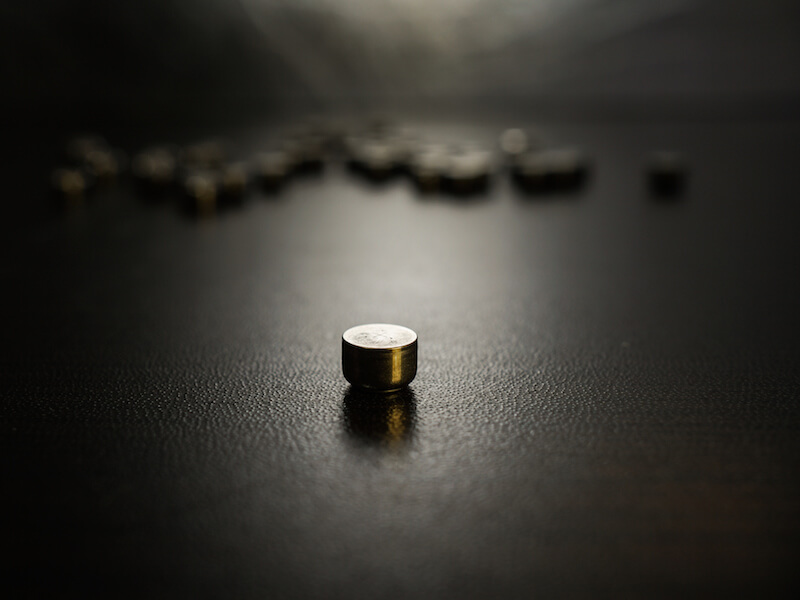
From phones to cameras to music players, how we power our electronics has progressed. For years, those looking to manage hearing loss have hoped for a similar progression, and the industry is finally realizing the promise of a robust rechargeable hearing aid battery.
Size 312 batteries are the most common of the disposable batteries that have traditionally been used to power hearing aids. Nowadays, the most prominent version of these batteries is generally known as a “zinc-air” battery.
Disposable Hearing Aids Have a Disadvantage
As the name would suggest, a zinc-air battery is impacted by the presence of air. The user has to pull a small tab off the back of a 312 zinc-air battery to activate it.
They will begin losing power as soon as they are completely oxygenated. So the power is depleting even if the user isn’t currently using it.
The biggest disadvantage to disposable batteries, for most users, is how long they last. With 312 batteries, the user might be changing the batteries in their hearing aids around 120 times every year because they drain in 3 to 12 days according to some reports.
Because of this, besides needing to purchase 120 batteries, the user will have to change and correctly dispose of batteries at least twice a week. From a cost perspective alone, that likely equates to over $100 in battery costs.
Advancements in Rechargeable Batteries
Luckily, for hearing aid users looking for another alternative, there have been profound advancements to rechargeable hearing aids that now make them a feasible solution.
The vast majority of people would use rechargeable hearing aids if given an option according to some research. In the past, these models were not practical because they didn’t maintain a charge long enough. But modern rechargeable batteries will hold a charge all day without needing a recharge.
Rechargeable batteries won’t save users significant amounts of money, but they will make quality of life better.
On top of supplying 24 hours of charge time, these contemporary models lead to less aggravation for the user, since there’s no more swapping and properly disposing of batteries. Instead, they just need to take out the battery and place them in a convenient tabletop charging unit.
When a disposable battery gets near the end of its life it can’t run your hearing aid at full capacity. There’s also no real way to know how close to being inoperable the battery actually is. So the batteries might die at the exact moment that a user needs them the most which could even put them in danger. Not only is this a safety hazard, but users could miss important life moments because of a dead battery.
Types of Rechargeable Hearing Aid Batteries
There are unique advantages to each of the different materials that rechargeable batteries are made of. The ability to maintain a charge for 24 hours is one reason why integrated lithium-ion batteries are one worthwhile option that manufacturers provide. And smart-phones are powered by this same kind of battery which may be surprising.
Another type of contemporary rechargeable battery is a silver-zinc. This revolutionary technology was initially developed for NASA’s Apollo missions to the moon. With this technology, even your existing hearing aids can probably be updated to run on rechargeable batteries. Just like lithium-ion, silver-zinc can also provide enough power to last you for a full day.
There are also models that let you recharge the hearing aid without removing the battery at all. For these, users will place the entire hearing aid on a charging station when they sleep or at another time when the hearing aid isn’t in use.
Whichever solution you decide on, rechargeable batteries will be considerably better than disposable batteries. You just need to do some research to determine which option is ideal for your needs.
If you’re searching for more information about hearing aid technology or how to pick the proper hearing aid to meet your needs, we encourage you to take a look at our hearing aids section.
